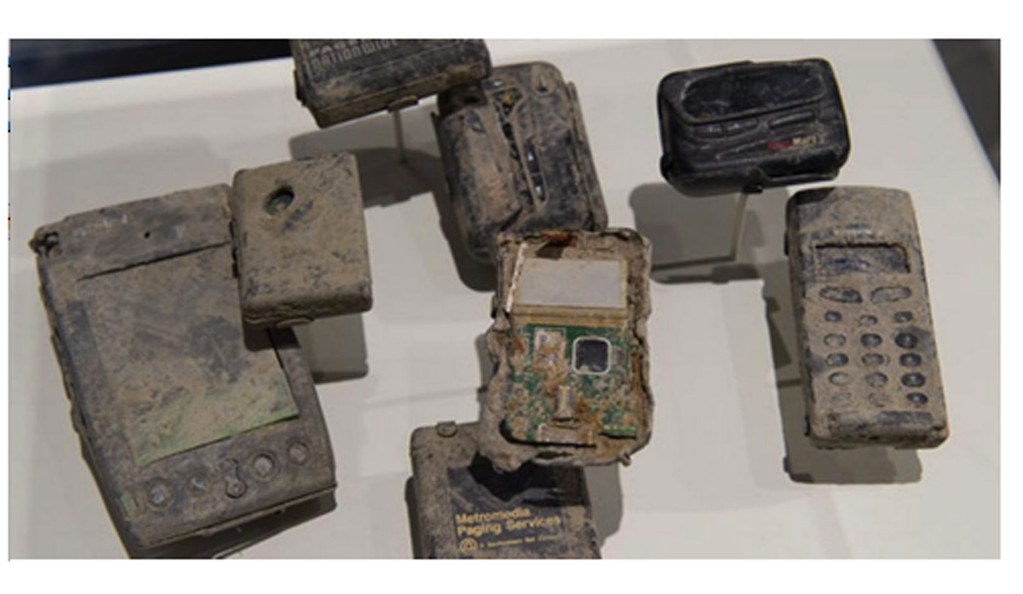Unexpected victories, and taking out the trash
There is a well-known story concerning John Paul Jones (known as the father of the American Navy) who found himself between a rock and a hard place in the battle of Flamborough on Sept 23, 1779. Facing Captain Pearson aboard the British HMS Serapis, Jones’ boat was outmanned, outgunned, and sinking. When it was clear Pearson had won the day, Pearson called out to Jones to surrender. This was obviously the only sensible recourse under the circumstances. But someone forgot to tell that to John Paul Jones whose response, now the stuff of legends, was:
“I have not yet begun to fight.”
At which point Jones did the unexpected, ramming his ship into the Serapis and clearing its deck with sharpshooters and then storming the deck with his men, ultimately taking over the ship. Jones won the day and gave an enormous morale boost to the American revolutionaries fighting the British Empire on land and sea.
Sometimes, one person’s wreck is another’s command…
T
his week in the portion of Tzav, we find a fascinating “offering.” At the beginning of the day, the kohein must put on his linen clothes. take out the ashes consumed from the fire upon the altar and place them alongside the altar. Then, he must take off his priestly linen garments, dress in “other clothes,” and take the ash outside of the camp.” (Vayikra 6:3-4)
Why is such special attention given to what essentially amounts to “taking out the garbage,” the entrails and remains from the previous day’s sacrifices. And if it is meant to be “taken out,” why must it first be placed alongside the altar? And why the special priestly clothes? Is there such a thing as holy garbage?
This act of the “offering of the ash,” known as the terumat ha deshen, was the very first activity each day in the Temple. And then on Yom Kippur (as seen in our Musaf repetition), the first lot at the beginning of the entire service was for who would merit to carry and offer up this ash alongside the altar and eventually out of the temple mount area.

 48.0°,
Overcast
48.0°,
Overcast 







